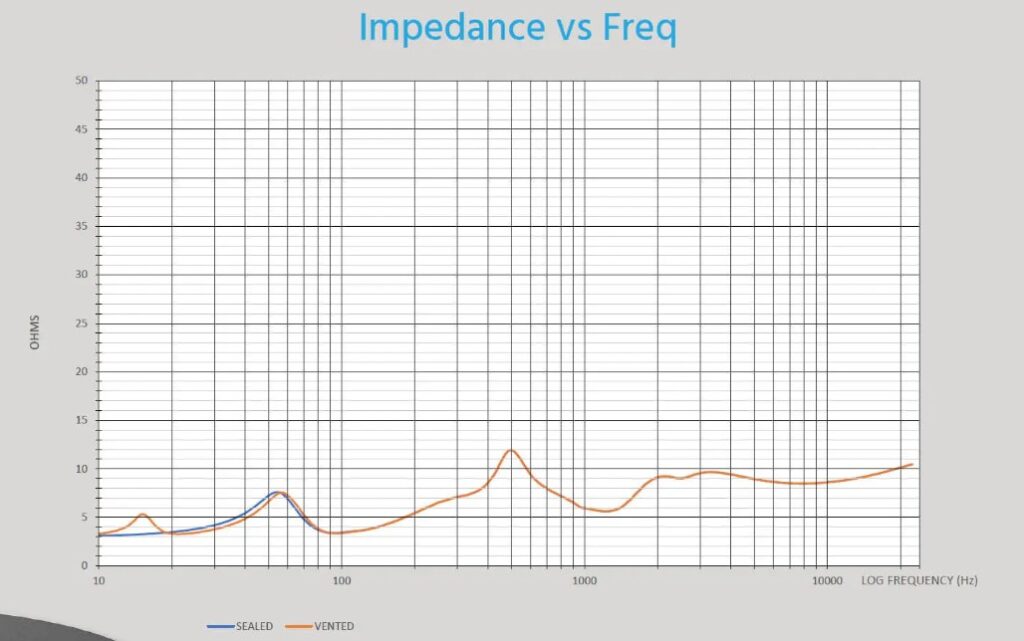Do I Need to Match My Speakers’ Impedance
We’ve talked about speaker impedance ratings before. One thing that concerns people isn’t so much buying speakers with a specific impedance rating, but when speakers in their system have different impedance ratings. Do you need to worry about matching or a mismatch between speakers’ impedance ratings? Let’s discuss!
Generally, No!
Generally speaking, you don’t really need to worry about matching your speakers’ impedance ratings. If some of your speakers are rated at 8-ohm nominal (a very common rating) and others are rated at 6- or 4-ohms, that’s perfectly fine. Generally speaking, the lower the impedance number, the more power the speaker will require from the amplifier. This is why many people claim that you need a beefier amplifier (specifically an external amp) for 4-ohm speakers.
Do You Need An External Amp?
Before you answer that question, you need to take a look at a couple of factors. First, how close are the low-impedance speakers placed in relation to your seat? If they are very close (like nearly all surround and Atmos speakers), then their impedance won’t make much of a difference. The distance from your seat will dictate how much power they’ll require to hit reference volume.
Second, speakers’ impedance varies widely through the frequency range. Take a look at this impedance graph of the Monoprice THX-460T speaker (rated 4 ohms):

As you can see, it is only below 5 ohms lower than 200Hz and spends most of the frequency response well above the 5-ohm line. If you are using a speaker that is rated at 4 ohms with a similar graph, for a surround speaker, it won’t draw enough power for an external amp most of the time and doesn’t dip low enough to really be a problem.
What About That 4-Ohm Switch on Your AV Receiver?
Some AV receivers have a setting or switch for when you connect 4-ohm speakers. When you set your receiver in 4-ohm mode, you are effectively limiting the output of the receiver in order to protect the receiver from overly large power draws. This might be necessary if you hook up low-impedance speakers without planning or thought. But, since you read all of the above, you’re beyond that. You can leave that switch in the 8-ohm position so that your AV receiver isn’t throttled in any way.



I know the original version of M&K’s 750 THX Select speaker set had the LCRs rated at 4 Ohms, and the surrounds at 8 Ohms.
I can’t remember if it was M&K or THX that pushed that difference between the impedances; the rationale behind it was to give the receiver a lighter load to handle.
The set was introduced at the beginning of THX Select certification, so that might have been a move to make it a more viable option for new customers.